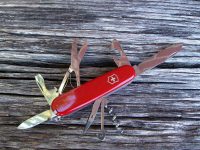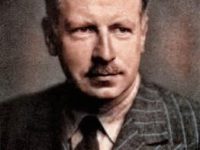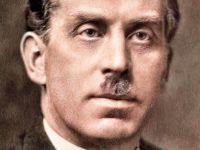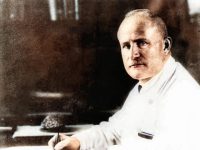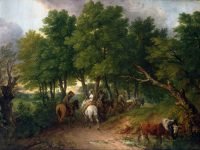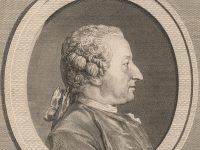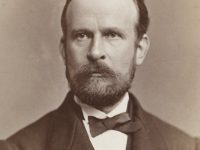The Story of the Legendary Swiss Army Knife
On June 12, 1897, the original Swiss Army knife was registered with the patent office as The Officer’s and Sports Knife. This knife featured a second smaller cutting blade, corkscrew, and wood fiber grips. Everybody knows the famous “Swiss Army knife”. But, what’s the history behind? The term “Swiss Army knife” was coined by American soldiers after World War II due to the difficulty they had in pronouncing “Offiziersmesser“, the German name.…
Read more

